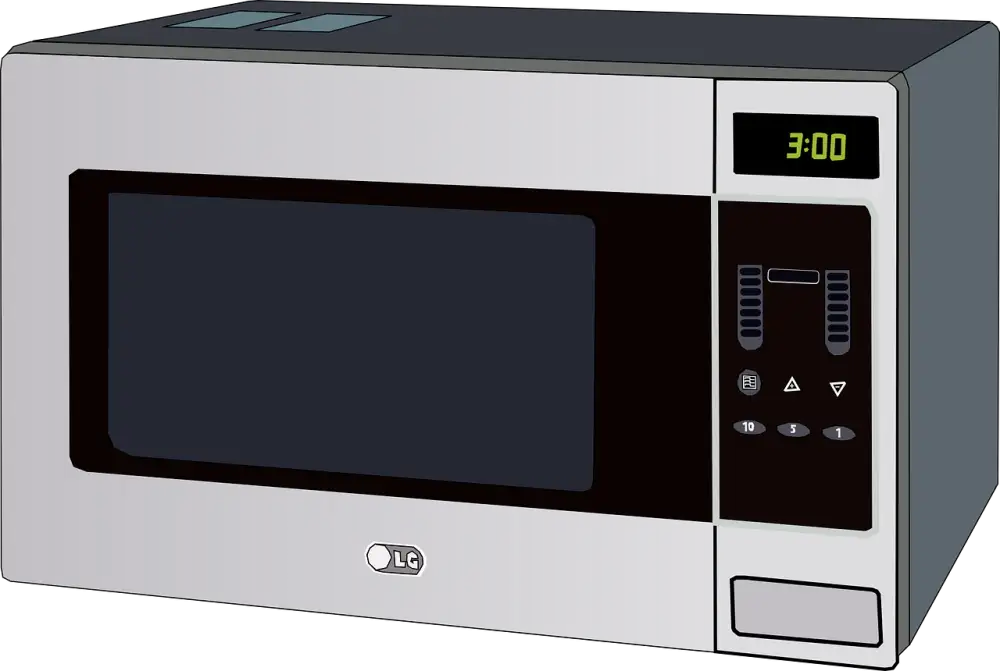Is It Safe to Microwave Styrofoam? Unveiling the Truth for Your Home

Microwaving Styrofoam has been a topic of debate for many years, with concerns about its safety lingering in the minds of consumers. Styrofoam is a common material used in food packaging due to its lightweight and insulating properties. However, when exposed to high temperatures such as those in a microwave, Styrofoam can potentially release harmful chemicals into your food. Understanding the composition of Styrofoam and the risks associated with microwaving it is crucial for ensuring the safety of your meals and overall well-being.
Understanding Styrofoam Composition
Styrofoam, often used for food containers and packaging, is actually a trademarked brand name for expanded polystyrene foam. This material is made from styrene, a liquid hydrocarbon that is derived from petroleum and natural gas. During the manufacturing process, tiny beads of polystyrene are expanded with steam to create the foam we know as Styrofoam. The material is lightweight, insulating, and moisture-resistant due to its closed-cell structure. However, it is important to note that Styrofoam is not biodegradable and can persist in the environment for thousands of years if not properly disposed of.
Potential Risks of Microwaving Styrofoam
When microwaving Styrofoam, there is a risk of chemicals leaching into your food. Styrofoam contains a compound called styrene, which can be released when exposed to high temperatures. Studies have shown that this chemical can migrate into food and beverages, especially fatty or acidic ones. Prolonged exposure to styrene has been linked to potential health risks such as respiratory issues, irritation, and possible effects on the nervous system. It is essential to consider these risks before using Styrofoam in the microwave.
Safety Guidelines for Microwaving Styrofoam
1. Check the label: Look for a microwave-safe label on the packaging of the Styrofoam container. If it is not labeled as microwave-safe, it's best to avoid microwaving it.
2. Avoid high temperatures: When microwaving Styrofoam, use low to medium power settings to minimize the risk of melting or releasing harmful chemicals into your food.
3. Do not microwave acidic or oily foods: Avoid microwaving foods with high acidity or oil content in Styrofoam containers, as these can cause chemical reactions that may be harmful.
4. Ventilation: Ensure proper ventilation when microwaving Styrofoam to prevent any potential release of fumes.
5. Transfer food to a microwave-safe container: To err on the side of caution, transfer food from Styrofoam containers to glass or ceramic dishes labeled as microwave-safe before heating in the microwave.
Alternatives to Microwaving Styrofoam
When looking for alternatives to microwaving Styrofoam, consider using microwave-safe glass or ceramic containers. These materials are non-toxic and do not release harmful chemicals when heated. Additionally, silicone food storage bags or parchment paper can be used as safe options for heating food in the microwave. By opting for these alternatives, you can avoid any potential risks associated with microwaving Styrofoam while ensuring the safety of your food and health.
Published: 18. 04. 2024
Category: Home



